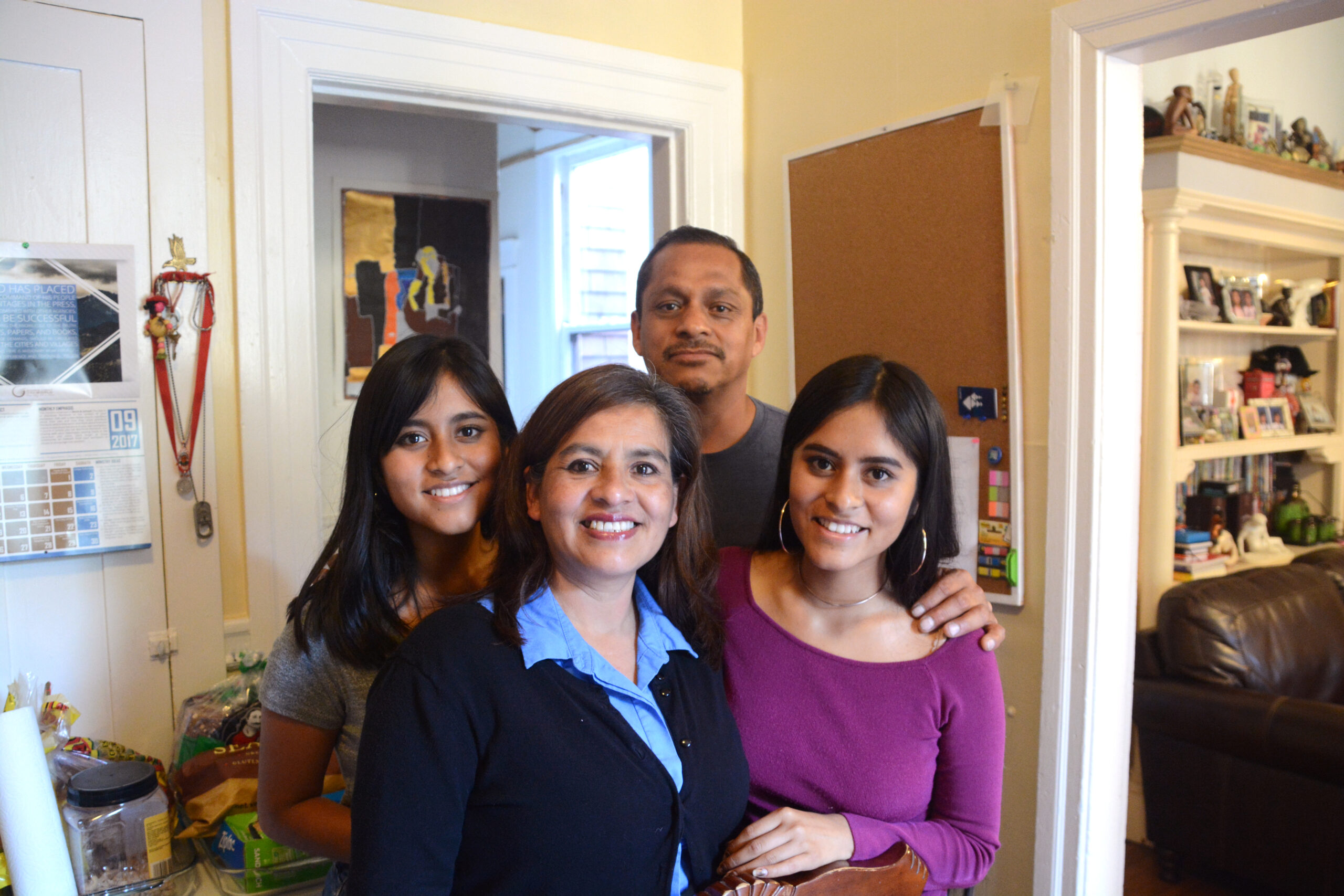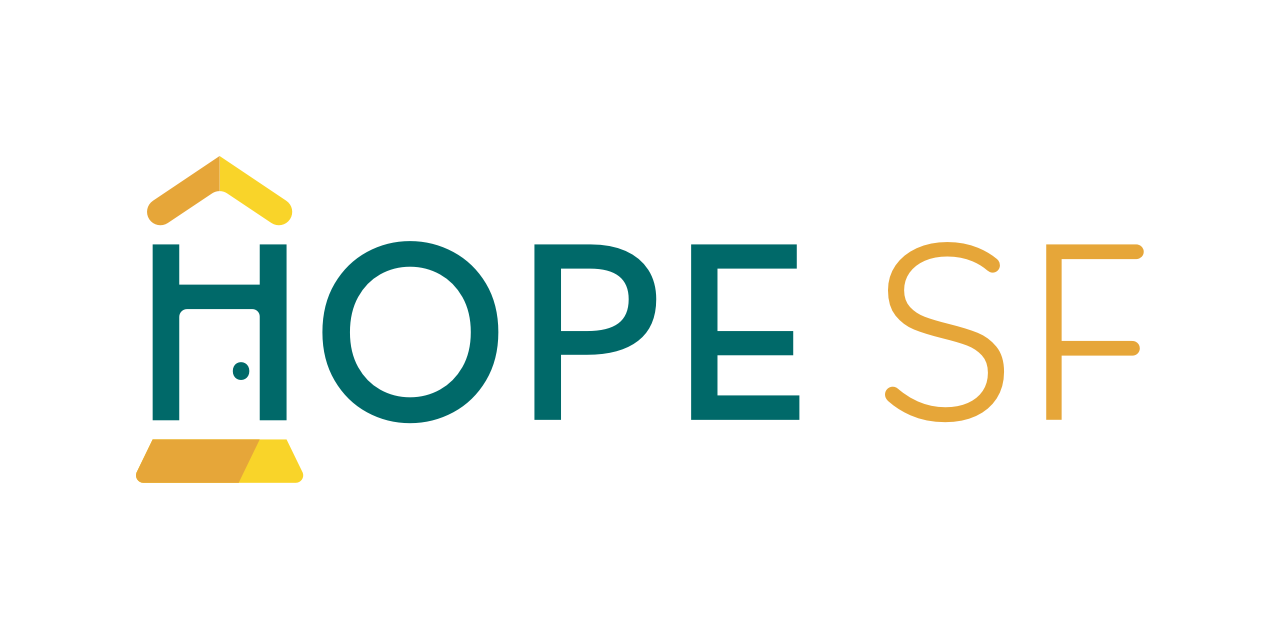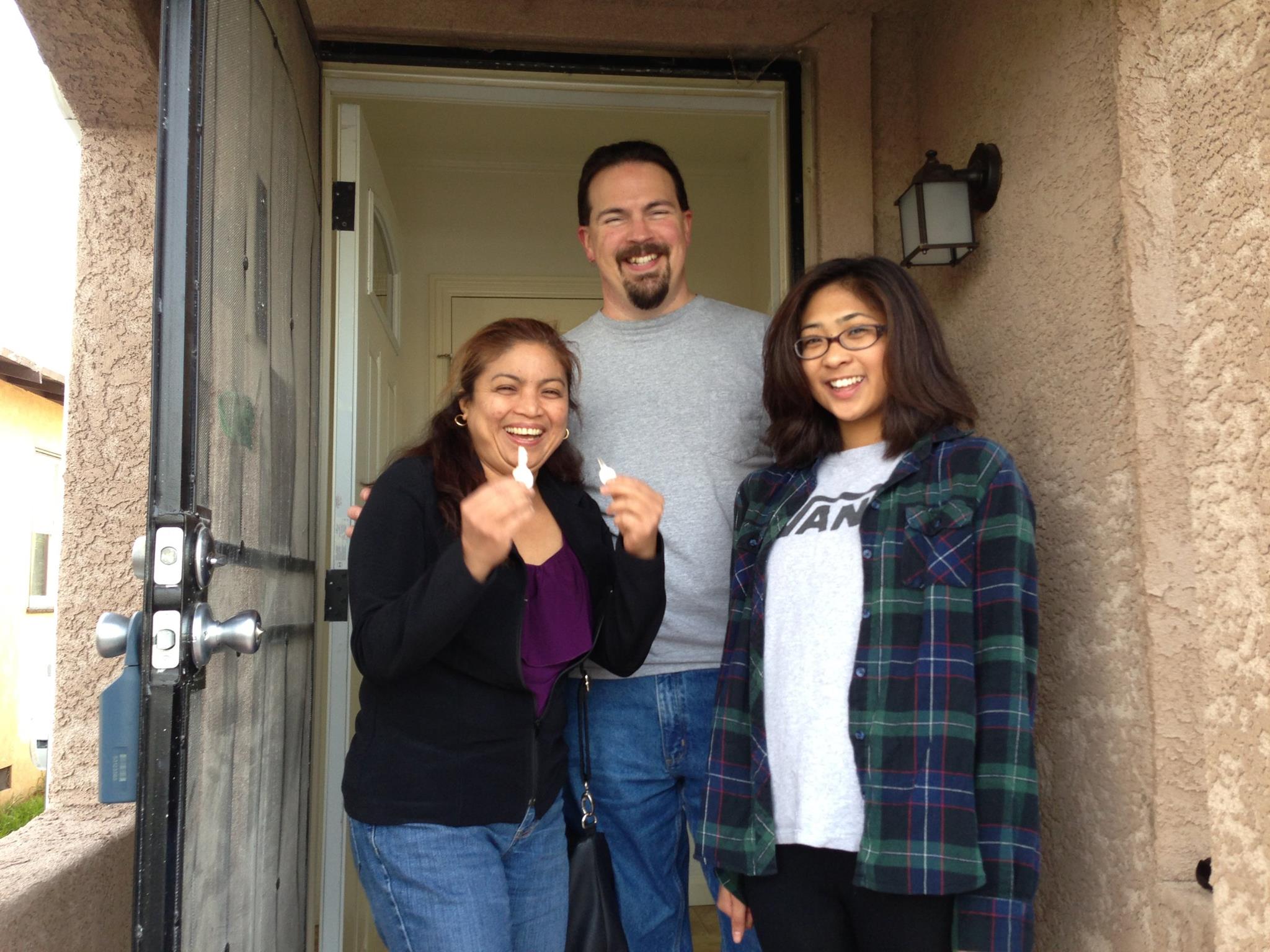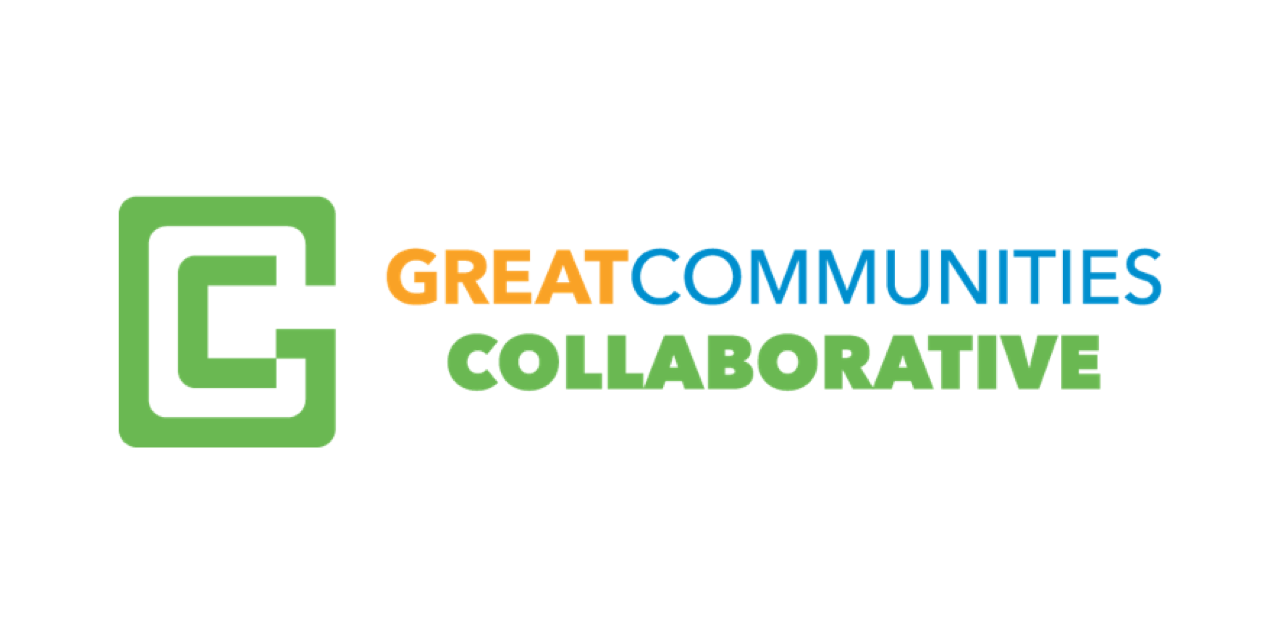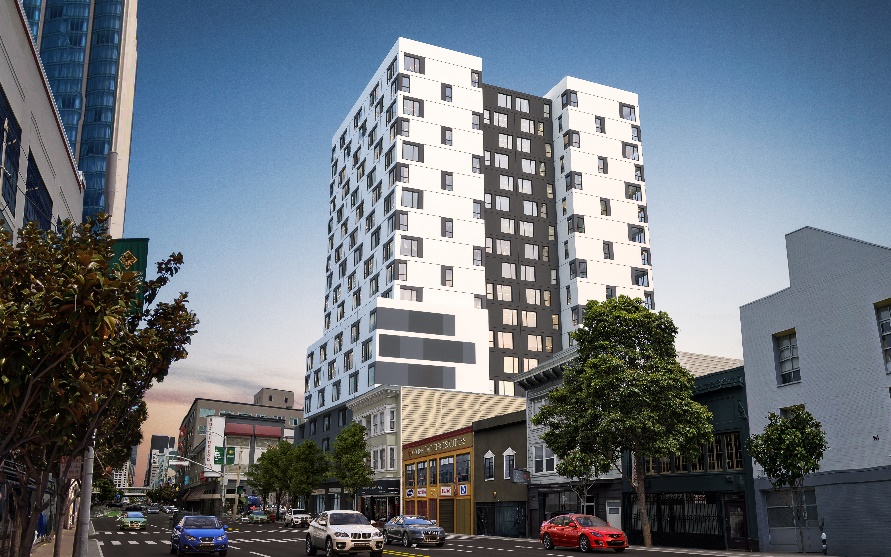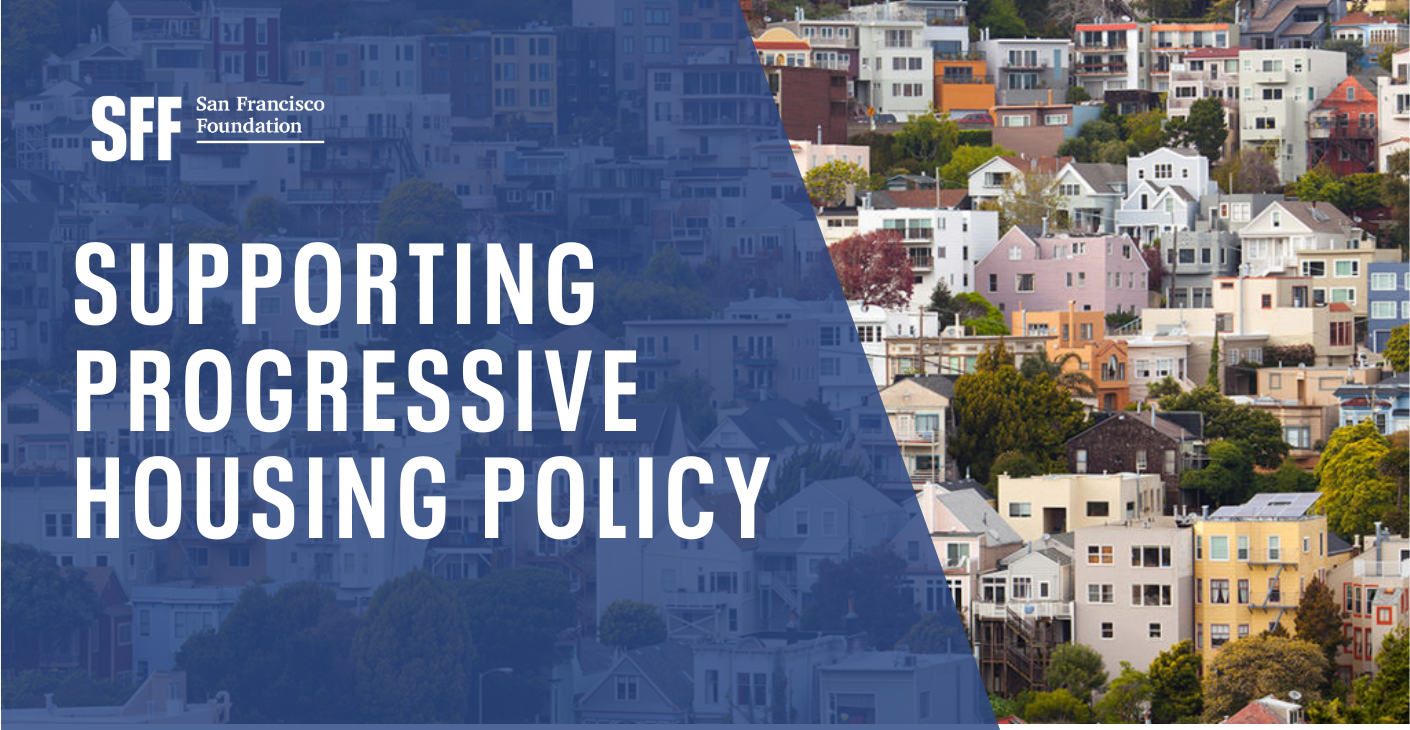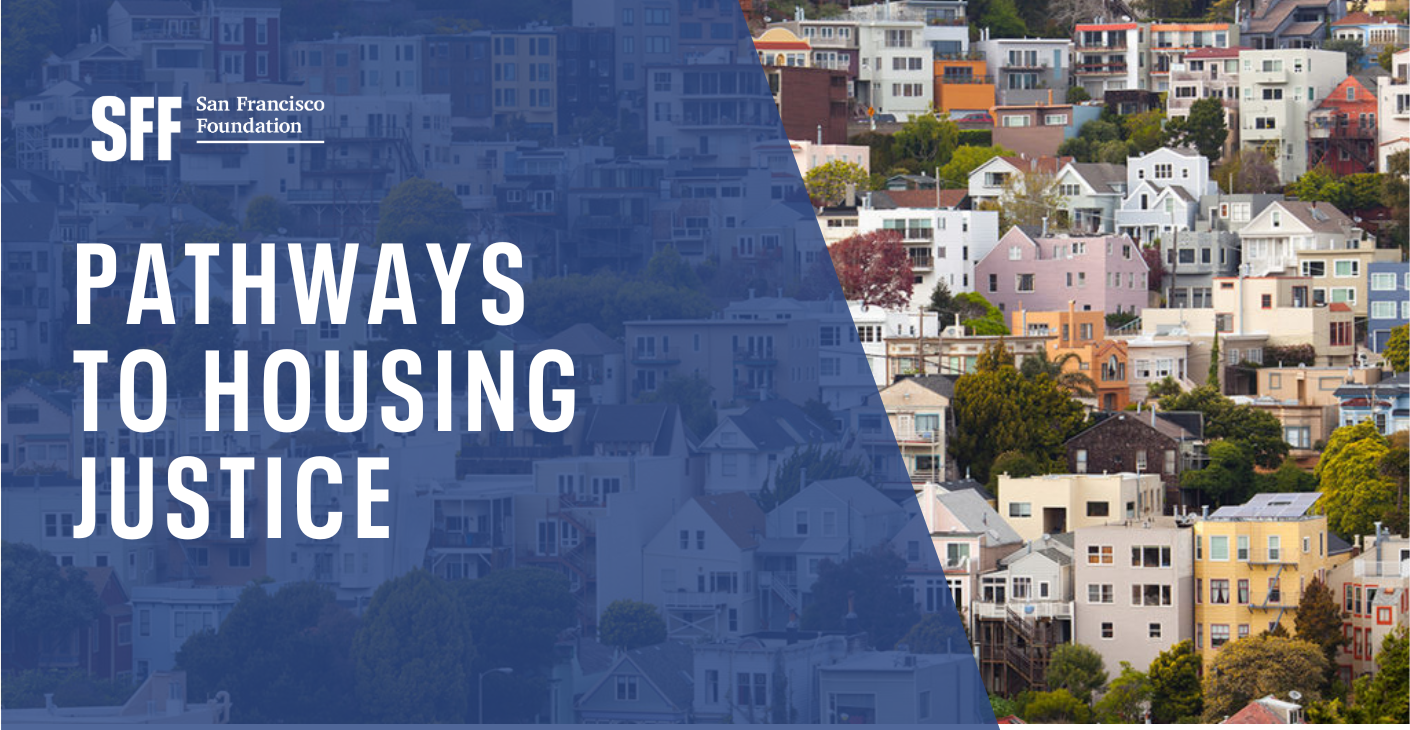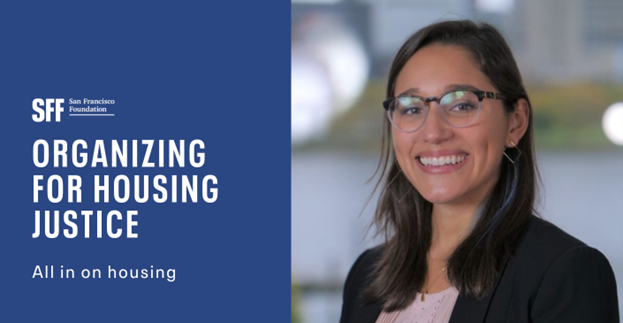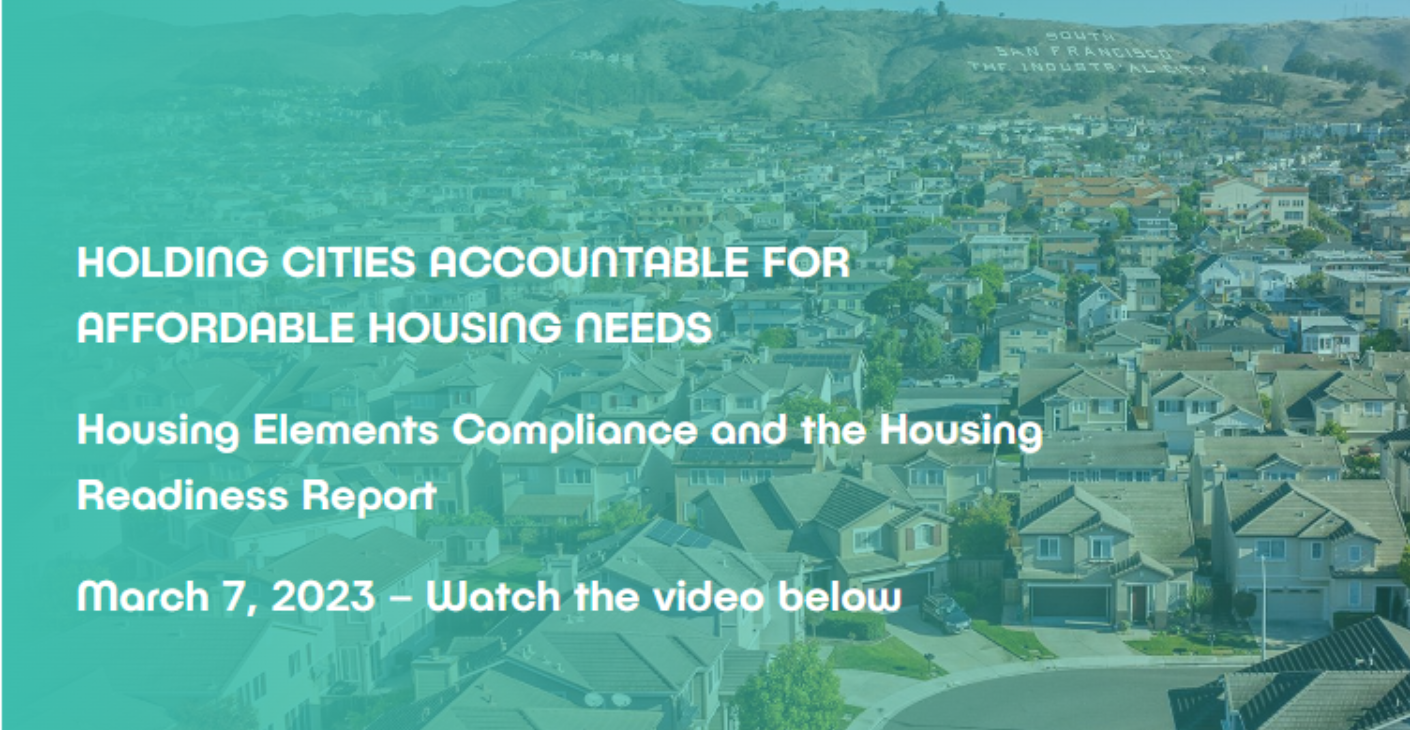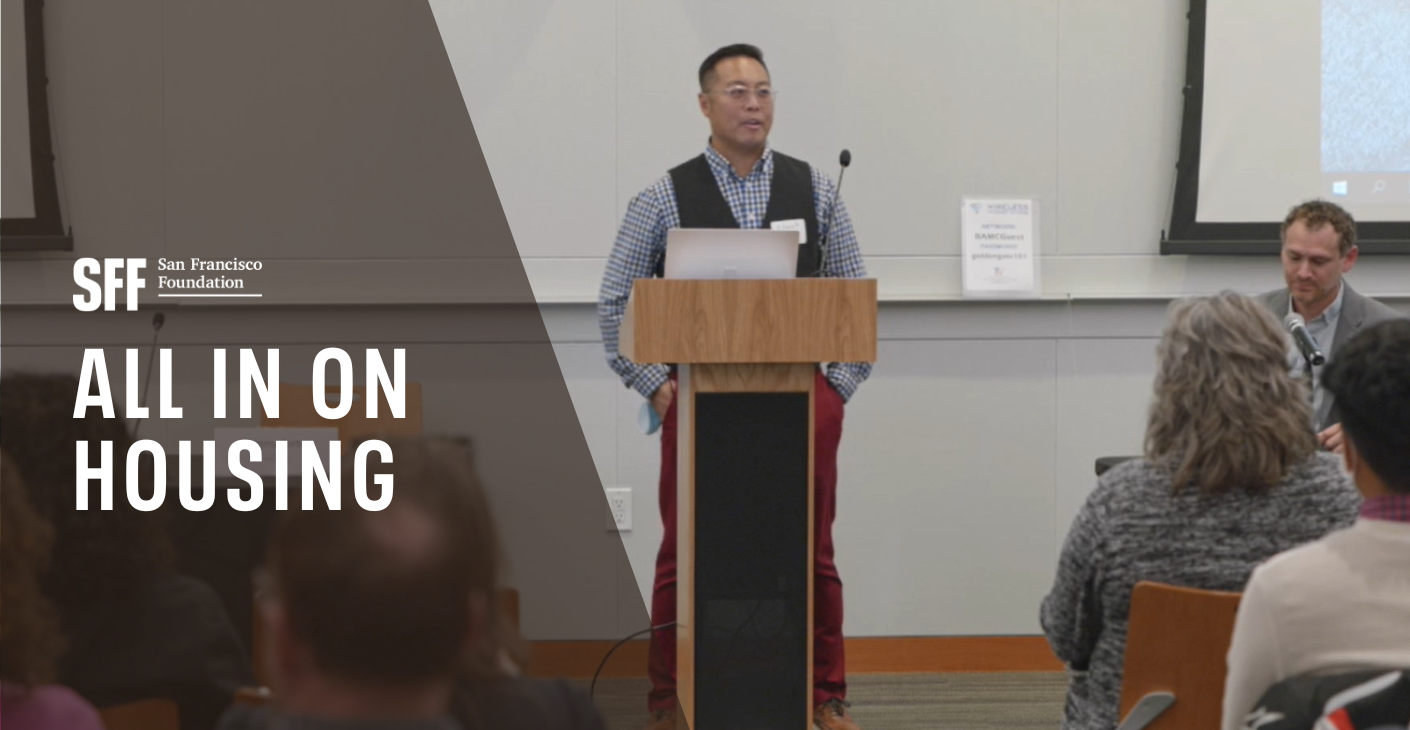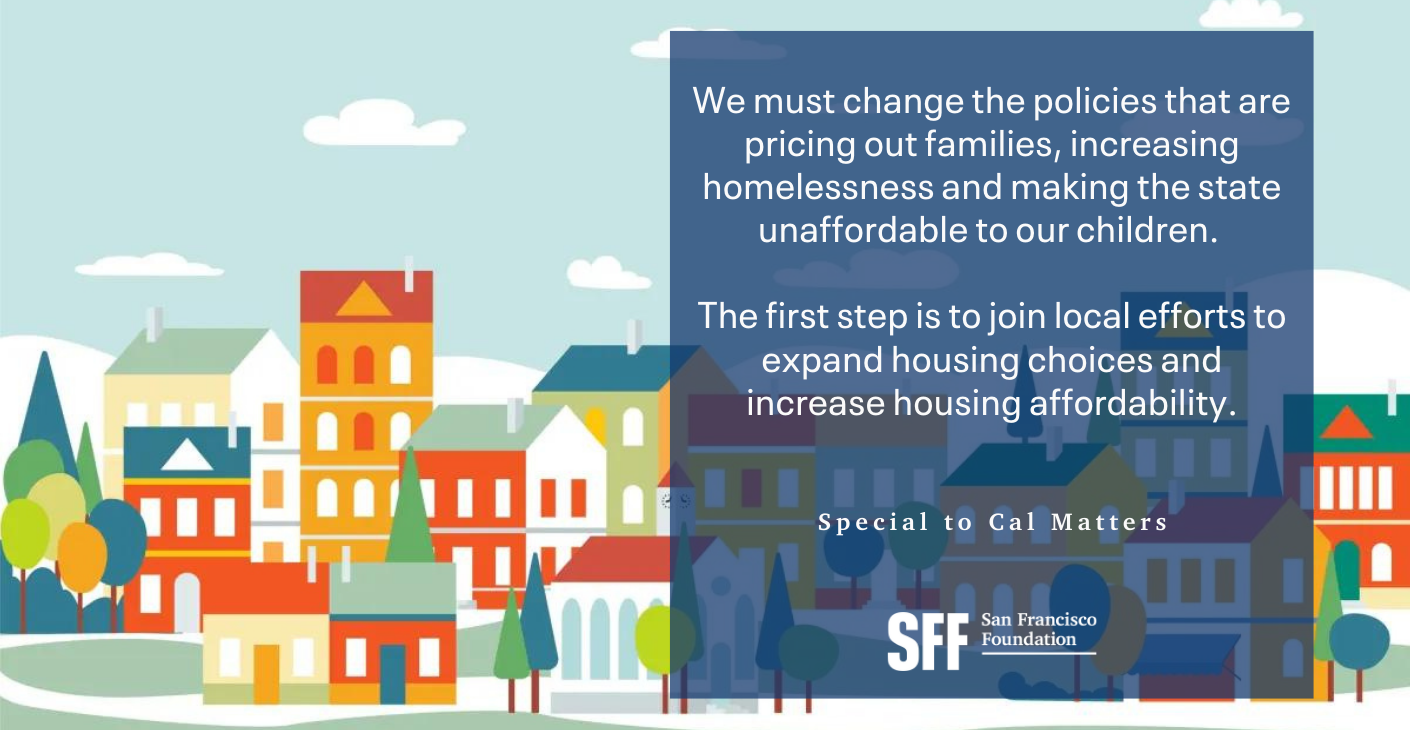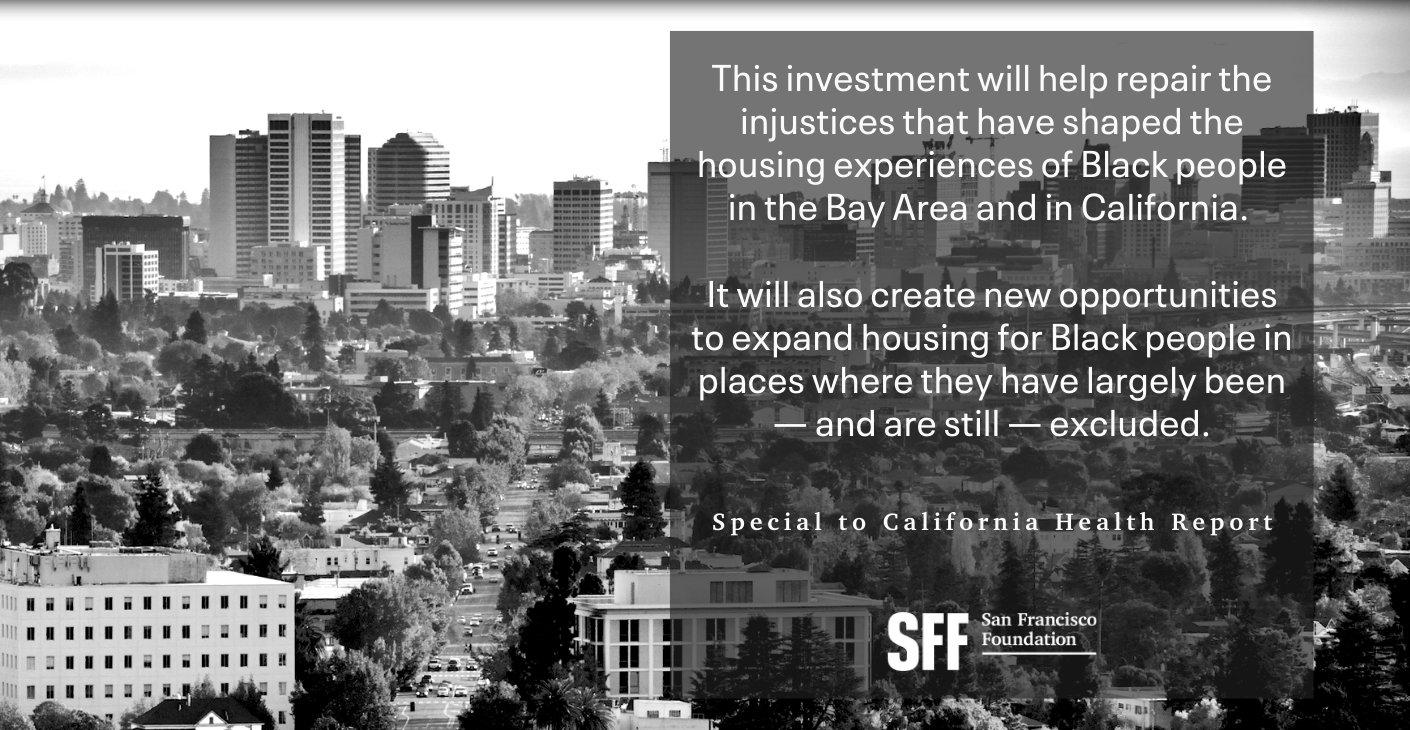Overview
Preventing the Impending Loss of Affordable Housing Across the Region and State
We need to preserve the affordable homes we already have. The loss of affordable housing occurs for various reasons, such as the expiration of affordability protections, the redevelopment of existing rental housing, inadequate maintenance, and the loss of rent-controlled units.
From 2013 to 2022, San Francisco added 9,285 affordable homes but lost 3,879—a net gain of only 5,406 units. [1] Statewide, 30,000 deed-restricted affordable homes[2] and over 300,000 unsubsidized homes are at risk of being lost, according to estimates by the California Housing Partnership Corporation (CHPC).
The California Department of Housing and Community Development estimates the state has 500,000 subsidized, deed-restricted units. [3] Many were built 30-50 years ago, with regulatory affordability agreements that are set to expire soon. That means that droves of units are at risk of converting to market-rate housing. Units are sometimes also lost when project-based rental assistance contracts with the U.S. Department of Housing and Urban Development are not renewed.[4]
Unsubsidized housing is often affordable to Californians with lower incomes due to its age, location, and physical condition. The number of these units is declining for various reasons, including recent acquisitions of small multi-family developments by large for-profit corporations, as well as the redevelopment of old sites into new, higher-density office and housing projects. Families with lower incomes are displaced as demand from higher-income residents increases housing costs.
Bay Area organizations and jurisdictions can preserve affordable homes through several strategies: creating incentives for developers to keep units affordable when deed restrictions expire by restructuring or selling to a nonprofit sponsor,; providing funding to tenants or nonprofits to purchase housing with the express goal of keeping units affordable; adopting first-right-of-refusal policies that allow tenants and community members to buy housing before it is offered for sale; prioritizing funding for repairing units to keep them habitable; and creating alternative ownership models, such as community land trusts or cooperative housing. Additionally, strengthening and protecting rent-controlled units is a vital preservation strategy.
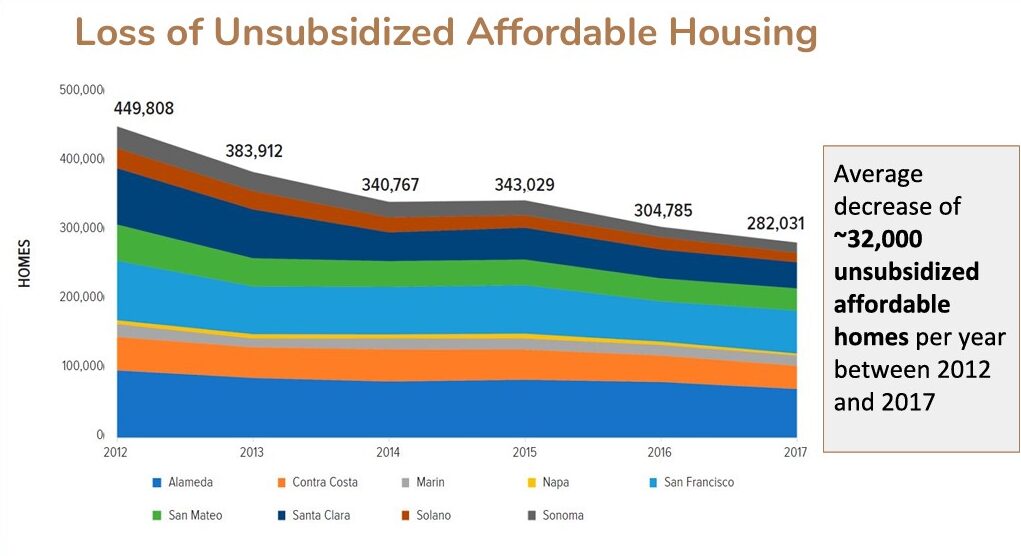
[1] City of San Francisco Planning Department, April 1, 2023, “Housing Balance Report No. 16–2013 Q1-2022 Q4.”.
[2] California Housing Partnership Corporation, 2023 Subsidized Affordable Housing At Risk Report
[3] California Housing Partnership Corporation, Naturally-Occurring Affordable Housing Report 2023
[4] California Department of Housing and Community Development website, Preserving Affordable Housing
Our Priorities
Asset- and wealth-building
We support nonprofits in acquiring and rehabilitating affordable homes and pioneering new ownership models, such as land trusts, to make asset- and wealth-building possible for communities of color in the Bay Area.
Tenant-centered preservation
We support tenant-centered preservation, which engages with current tenants and the community to meet their needs when preserving already affordable housing.
Capital, loan products, and expertise
We support efforts to bring additional capital, loan products, and expertise into the effort to preserve housing.
Protecting and improving existing affordable housing
We support policies that protect and improve existing affordable housing.
Preservation in Action
Examples of SFF grantees preserving our affordable housing.
Bringing more resources to the field
A powerful community of donors is helping provide the deeply needed resources to fuel this work.
Bright Spots
In addition to SFF grantees, our whole community is working hard to address our housing needs. Here are some bright spots.
Community Conversations
Through op-eds and speaking on panels, SFF is an important part of regional conversations around housing.
Read More on Preserving and Rehabilitating Affordable Homes
Gentrification and displacement: data, maps and reports
Policy ideas to help municipalities build, preserve and give tenants access to affordable rental housing
TOPA and COPA: Policies that help tenants and nonprofits buy residential buildings and keep rents low
Report, 2020, California Housing Partnership
Report, 2020, Enterprise Community Partners
Study, 2022, UC Berkeley Urban Displacement Project
White paper, 2022, Urban Habitat
White paper, 2022, Great Communities Collaborative


